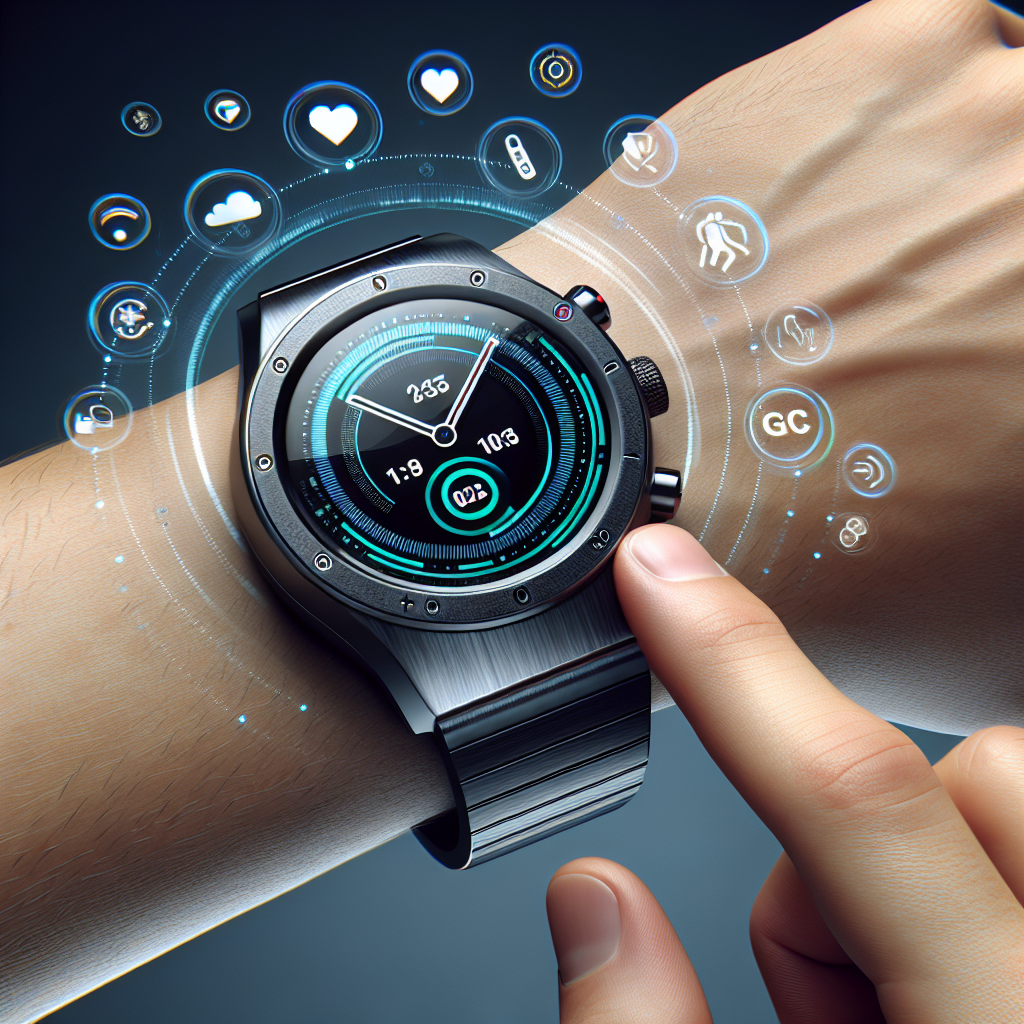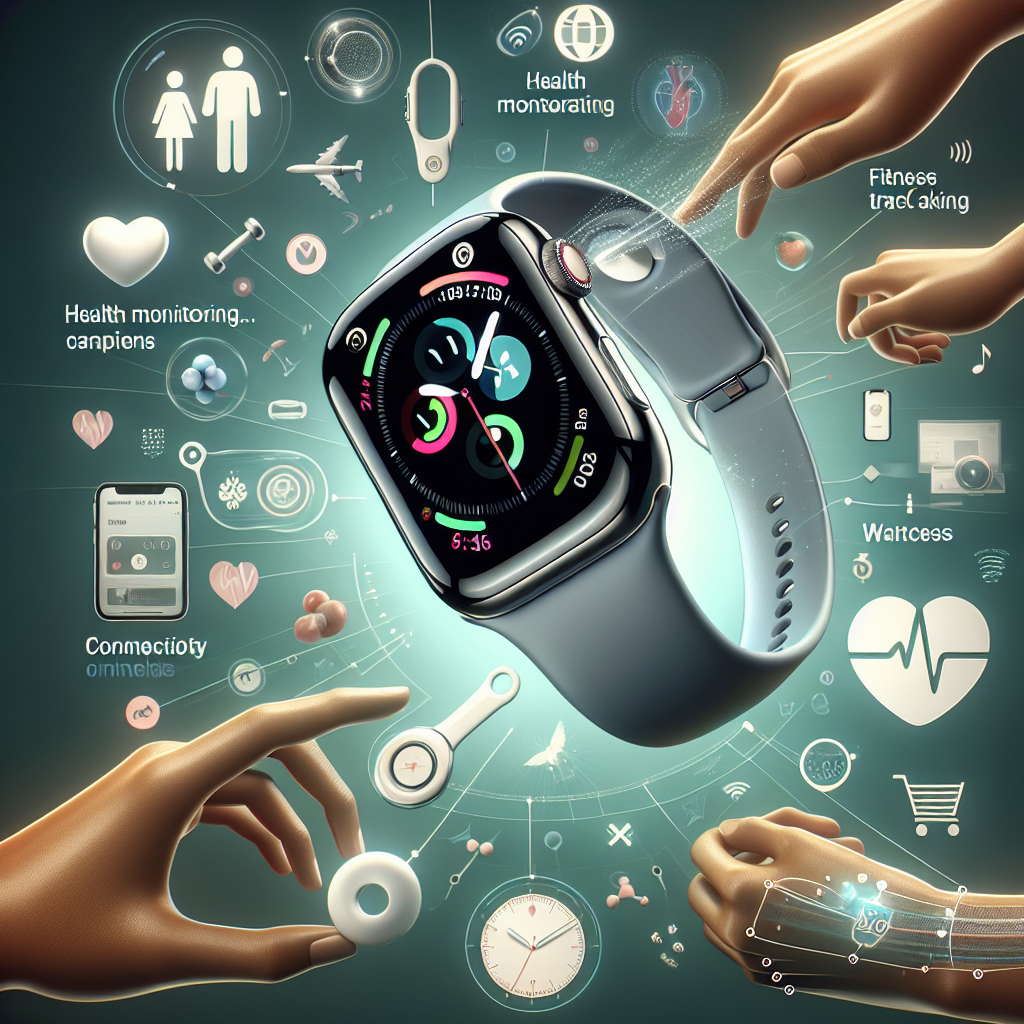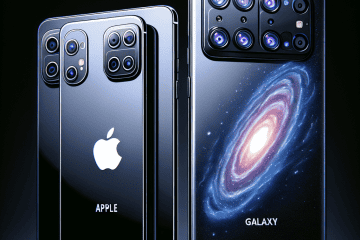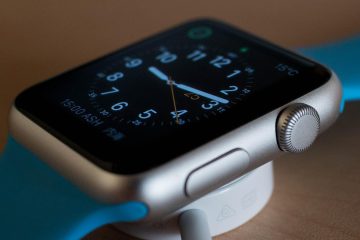Apple Watch Series 10: A Complete Overview
Launch and buying guides
– What’s new in Apple Watch Series 10: a complete overview
– Which Apple Watch should you buy: Series 10 vs Series 9 vs SE vs Ultra
– Choosing the right size and finish for Series 10
– GPS vs Cellular: which Series 10 model fits your lifestyle
– Trade‑in values and the smartest upgrade paths to Series 10
– Best time of year to buy Series 10 and how to find deals
Hardware and design
– Design changes in Series 10 and what they mean day to day
– Display brightness, durability, and always‑on behavior in real life
– Haptic feedback and Digital Crown improvements
– Water and dust resistance explained for swimmers and outdoor users
– How thinness and weight affect comfort and sleep tracking
– Tear‑down insights: repairability and internal layout
– Sustainability claims and materials used in Series 10
Battery and charging
– Real‑world battery life tests under different workloads
– Fast charging speed tests and best chargers for Series 10
– Battery health management tips to extend longevity
– Overnight use: sleep tracking vs battery drain
– Cold and hot weather battery performance
Health and fitness
– Accuracy of heart rate tracking during runs, HIIT, and strength training
– Sleep tracking deep dive: stages, consistency, and tips to improve scores
– HRV, VO2 max, and trends: how to read your metrics
– Cycling enhancements: power metrics, sensors, and route guidance
– Running form metrics and workouts for 5K, 10K, and marathon plans
– Swim tracking reliability in pools vs open water
– Hiking and outdoors: elevation, backtrack, and waypoint features
– Menstrual cycle, medications, and health notifications explained
– Using Series 10 with Apple Fitness+ for structured training
– Data privacy in health features and how to control sharing
Safety and accessibility

– Crash Detection and Fall Detection: how they work and when to trust them
– Emergency SOS and international features for travelers
– AssistiveTouch, VoiceOver, and other accessibility tools on Series 10
– Setting up Apple Watch for seniors with Family Setup
– Safety Check and location sharing from the wrist
– Tattoo and skin tone considerations for sensor accuracy
– What to know about medical disclaimers and regulatory limitations
watchOS and software
– Best new watchOS features on Series 10 and how to use them
– Top watch faces and complication setups for productivity or fitness
– Focus modes and notification tuning to reduce distractions
– Shortcuts and automations that shine on the watch
– Wallet on the wrist: IDs, transit cards, keys, and passes
– Using the watch as a camera remote and viewfinder tips
– Home control from the wrist: scenes, sensors, and routines
– Hidden settings most users miss on day one
Productivity and everyday life
– Texting, calls, and dictation vs swipe typing: what’s fastest
– Siri on the watch: offline requests and practical commands
– Calendar, reminders, and to‑dos that actually stick
– Contactless payments and expense tracking from the wrist
– Travel with Series 10: boarding passes, translations, and time zones
– Mindfulness and mental health features you’ll actually use
Connectivity and performance
– LTE reliability, eSIM setup, and roaming considerations
– GPS performance in cities vs trails
– Bluetooth and sensor pairing tips for chest straps and power meters
– Wi‑Fi handoff and continuity with iPhone, iPad, and Mac
– Performance benchmarks vs older models in real tasks
Accessories and customization
– Best bands for workouts, office, and formal wear
– Third‑party chargers, docks, and travel power options
– Cases, bumpers, and screen protectors: do you need them

– How to design a watch face theme for different contexts
– Band materials guide: sport, nylon, stainless, titanium, and more
– Cleaning and care for bands and the watch body
Comparisons and editorials
– Series 10 vs Ultra for athletes and outdoor adventurers
– Series 10 vs Samsung Galaxy Watch for Android switchers
– Series 10 vs Garmin for serious runners and cyclists
– Who should upgrade from Series 7/8/9, and who shouldn’t
– The state of wrist‑based health sensors: where Apple leads and lags
– Editorial: has the Apple Watch become essential or optional
– The best budget path into Apple Watch in 2025
– How Series 10 fits into Apple’s broader health strategy
– Accessibility perspective: is Series 10 a meaningful step forward
– Battery life trade‑offs: thinness, features, and user priorities
Troubleshooting and maintenance
– Fixing poor battery life after setup or updates
– Solving sync issues with Health, Fitness, and third‑party apps
– When sensors give odd readings and how to recalibrate
– Storage management and clearing space on the watch
– Backups, resets, and unpairing without losing data
Developer and data
– What’s new in HealthKit and Workout APIs for watch apps
– Designing complications and widgets that users actually tap
– Building reliable background tasks on watchOS
– Exporting and analyzing your health data like a pro
– Ethical considerations for health app developers on Apple Watch
Future and speculation
– The features Apple Watch still needs after Series 10
– What noninvasive glucose sensing could mean if it arrives
– Satellite‑enabled features on the wrist: practical use cases
– The road to medical‑grade features and regulatory hurdles
– How AI on the watch could change coaching and productivity




